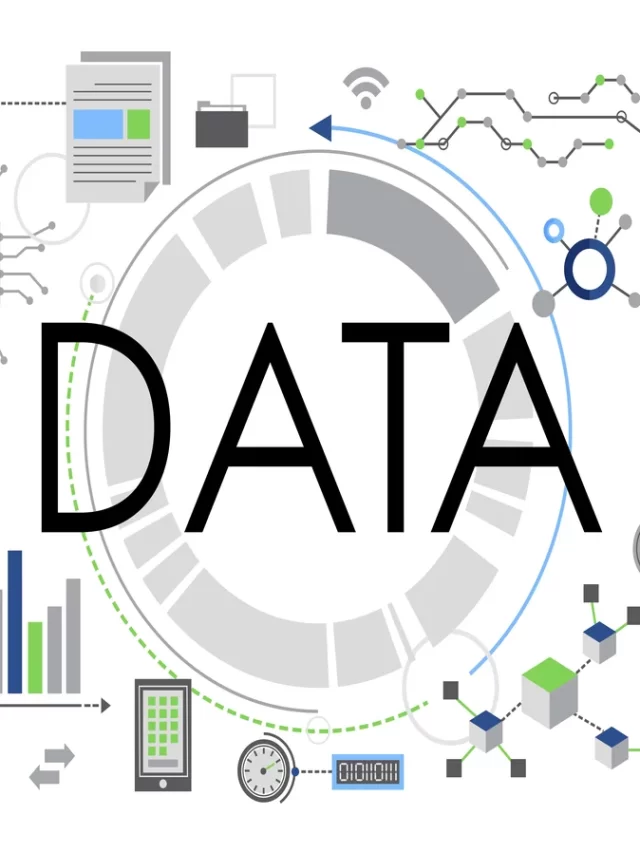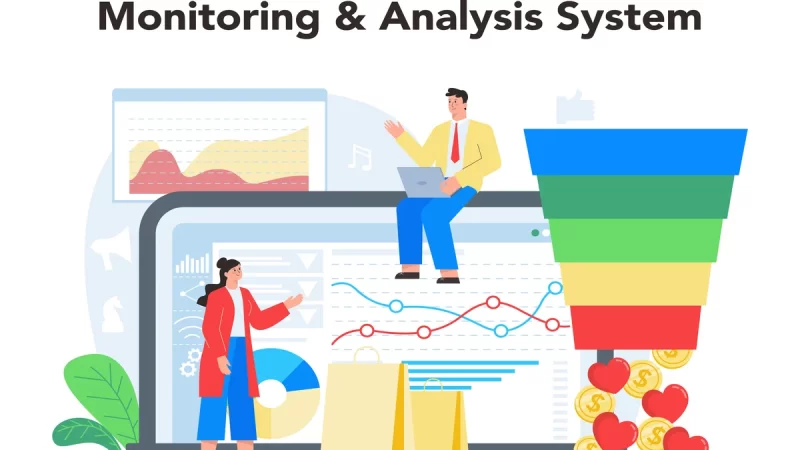Crafting Impactful CDP Use Cases: A Step-by-Step Guide

Customer Data Platforms (CDPs) have revolutionized how businesses harness and leverage customer data. These platforms amalgamate data from various sources to provide a unified view of the customer, enabling companies to create impactful use cases that drive engagement and fuel business growth efficiently. Constructing powerful CDP use cases involves a strategic approach that maximizes insights while optimizing customer interactions. Here’s a comprehensive guide to constructing such impactful use cases.
What Are the Core Capabilities of CDPs?
Before diving into constructing use cases, it’s essential to grasp the fundamental capabilities of CDPs:
- Data Unification: CDPs aggregate data from disparate sources—CRM systems, marketing platforms, transactional data, etc.—into a centralized repository, providing a comprehensive view of each customer.
- Customer Segmentation: Leveraging unified data, CDPs enable the creation of precise customer segments based on behavior, demographics, or preferences.
- Personalization and Targeting: CDPs facilitate personalized marketing campaigns by allowing businesses to tailor messages and offerings based on individual customer preferences and behaviors.
Constructing Impactful Use Cases
1. Enhanced Personalization for Customer Engagement
Utilize CDP data to create personalized experiences across various touchpoints. Develop use cases that dynamically adjust website content, email campaigns, or product recommendations based on customer behavior and preferences. By leveraging historical data and real-time interactions, businesses can foster stronger connections and drive higher engagement.
2. Customer Journey Optimization
Craft use cases that map out the customer journey by analyzing data at each stage. Identify bottlenecks or drop-off points and implement strategies to streamline the journey. This might involve targeted interventions, such as personalized recommendations or timely notifications, to guide customers through their purchase or interaction process more effectively.
3. Predictive Analytics for Anticipatory Engagement
Leverage CDP capabilities to forecast customer behavior. Construct use cases that predict future needs or actions based on historical patterns. This proactive approach enables businesses to pre-emptively engage customers with tailored offers or support, fostering loyalty and satisfaction.
4. Cross-Channel Orchestration
Create use cases that ensure a consistent and seamless experience across various channels—social media, mobile apps, in-store interactions, etc. Use CDP data to orchestrate cohesive messaging and experiences, ensuring customers receive unified and relevant communications irrespective of the channel.
5. Customer Retention and Loyalty Programs
Develop strategies to identify at-risk customers or those with high potential for loyalty. Construct use cases that leverage CDP insights to design targeted retention campaigns, exclusive offers, or loyalty programs tailored to individual customer segments, thereby strengthening brand affinity and retention rates.
Maximizing Business Impact
Constructing powerful CDP use cases is not solely about leveraging technology but aligning data insights with overarching business objectives. Regularly assess the performance of these use cases, fine-tune strategies based on evolving customer behavior, and iterate to optimize outcomes continually.
Key Takeaways
By harnessing the capabilities of CDPs and strategically constructing impactful use cases, businesses can unlock valuable insights, enhance customer engagement, and drive sustainable business growth efficiently in today’s data-driven landscape.
FAQs:
A Customer Data Platform (CDP) is a centralized system that aggregates and organizes customer data from various sources into comprehensive customer profiles. It unifies data across online and offline channels, providing a 360-degree view of each customer.
Unlike traditional CRM or Data Management Platforms (DMPs), a CDP is specifically designed to create unified customer profiles by resolving identities across multiple touchpoints. CDPs focus on providing actionable insights for personalized marketing and customer engagement rather than solely targeting ads or managing customer relationships.
CDPs prioritize data privacy and compliance by adhering to various regulations like GDPR, CCPA, and others. They often include features like data encryption, access controls, and anonymization techniques to ensure data security and comply with regional privacy laws.
The implementation timeline can vary based on the complexity of data sources, customization requirements, and the scale of integration. Generally, it can take a few months to set up and configure a CDP fully.
Yes, CDPs can benefit businesses of all sizes. While larger enterprises might have more complex data integration needs, smaller businesses can still leverage CDPs to enhance customer engagement and drive growth, albeit on a smaller scale.







